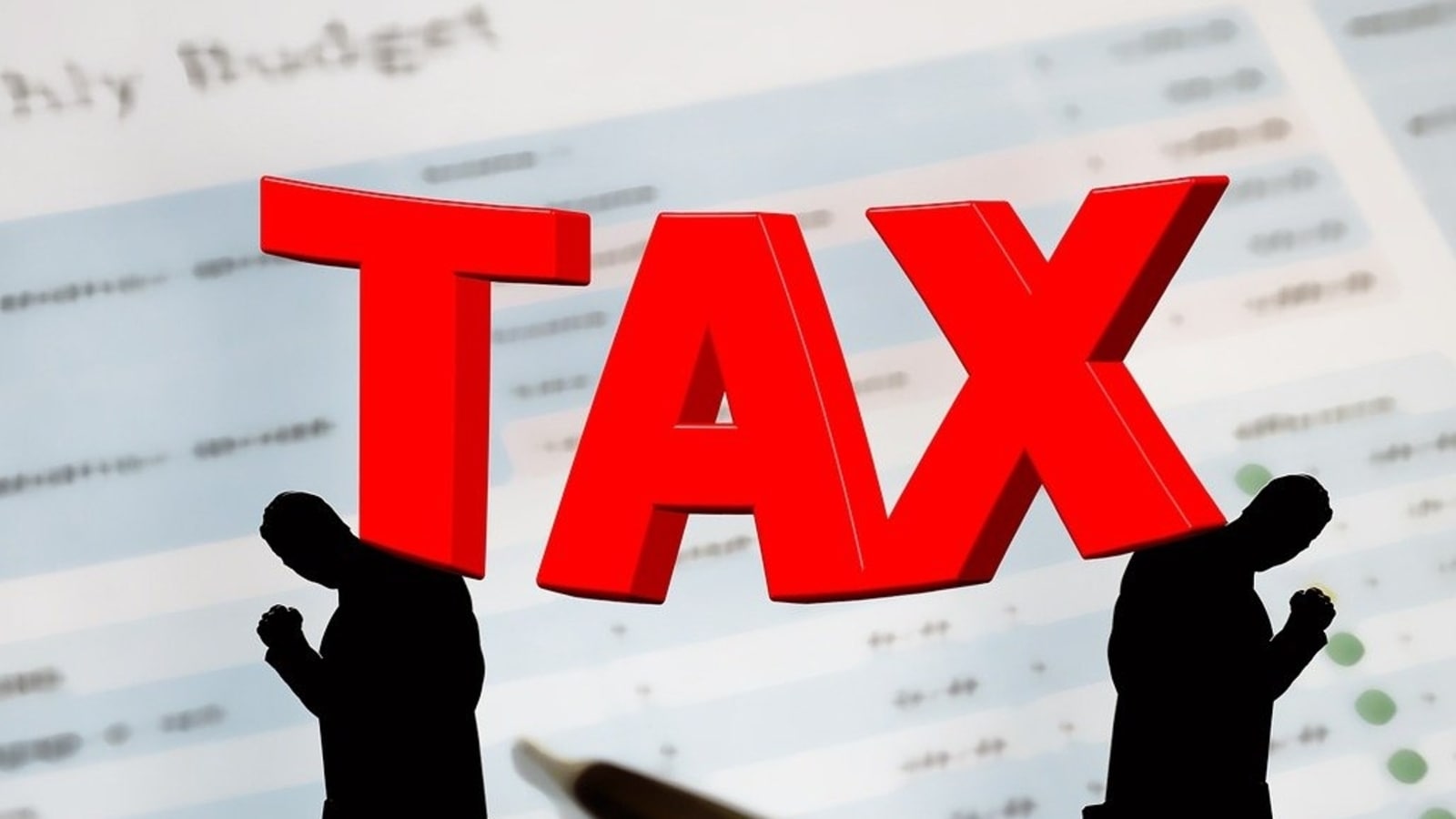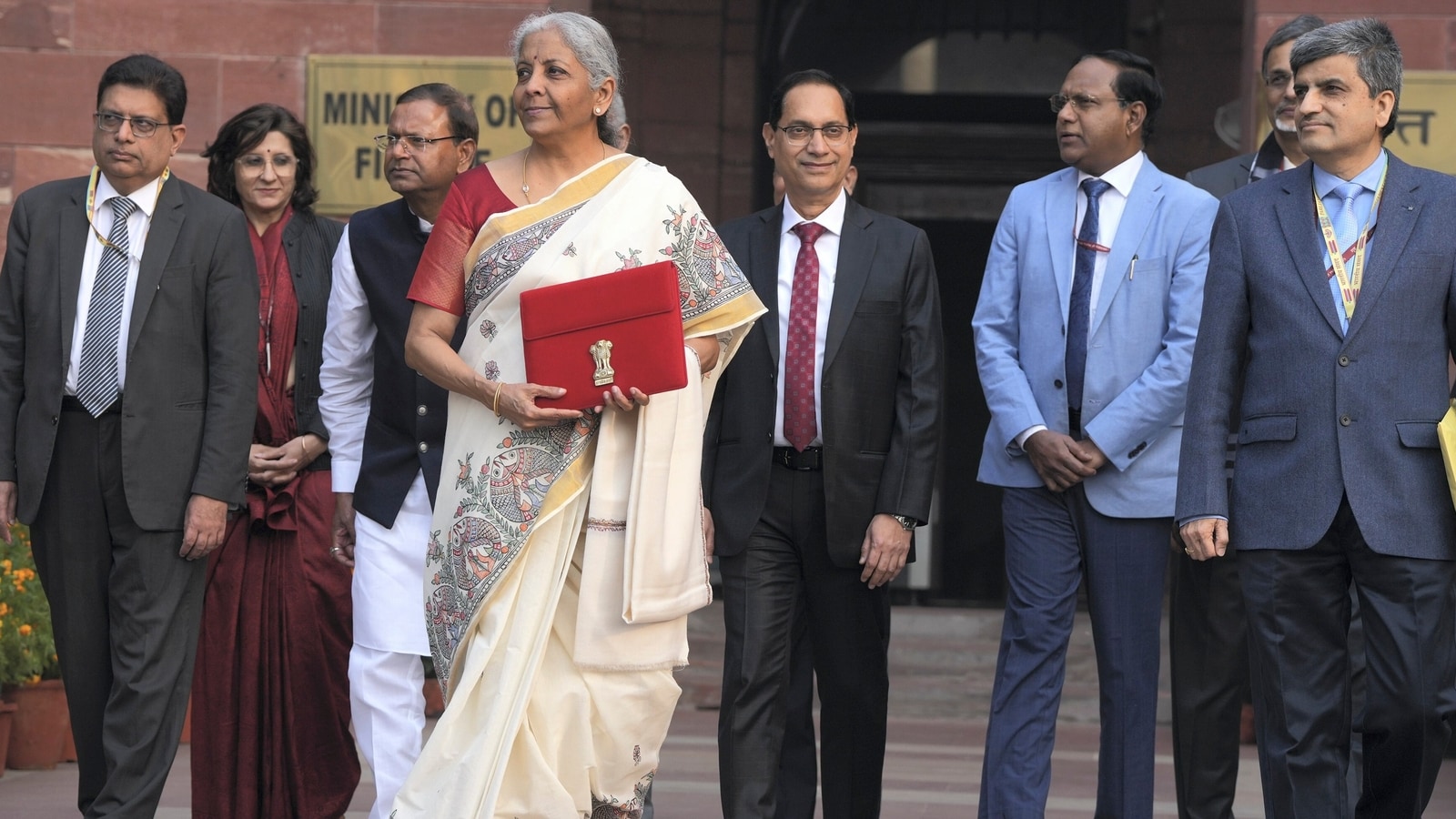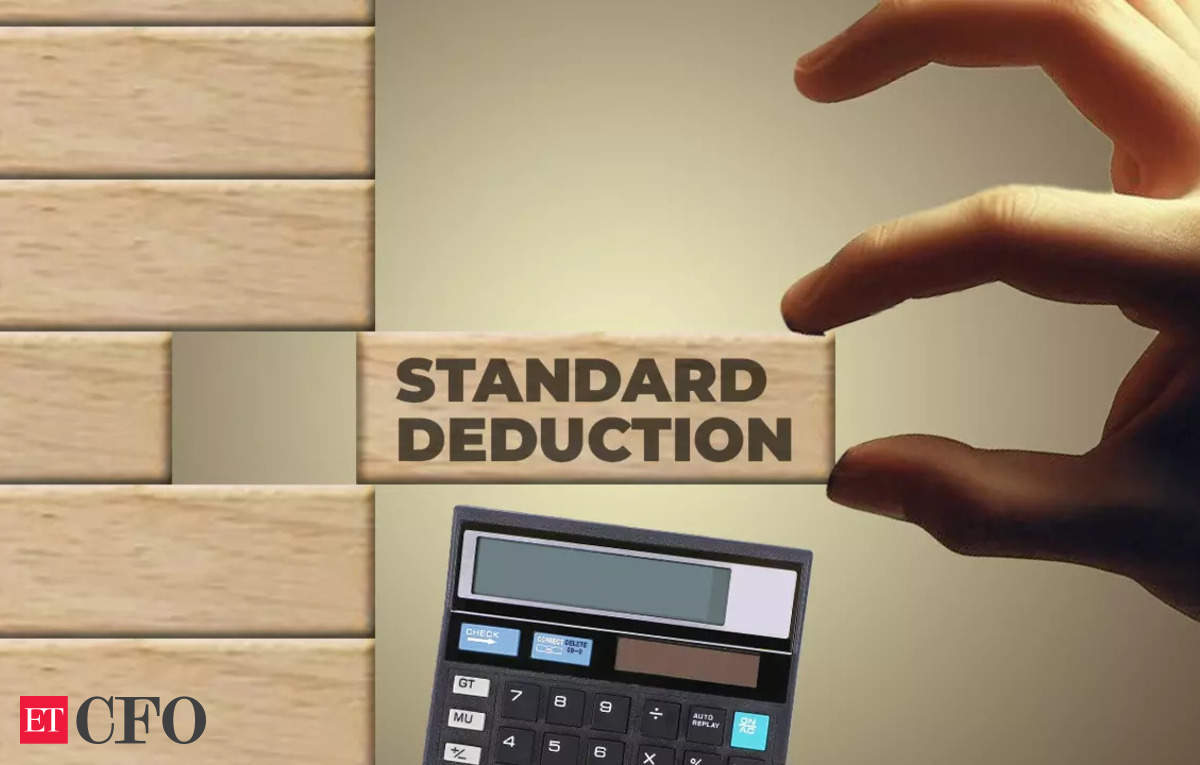Both consultants and freelancers are considered self-employed for tax purposes and are responsible for managing their own taxes and business-related expenses. Their income is typically reported as business income, and they may be eligible for certain business deductions.
It is important that the taxpayers file the right ITR form, or else it will be considered as a defective or invalid return.
You need to file ITR Form 3 if you are earning professional income, however, in case you are opting for the presumptive taxation scheme, then you will have to file ITR 4.
Under ITR 3, one has to make a profit and loss statement along with a balance sheet.
“In case consultants or freelancers are opting for the presumptive scheme, they would be required to file ITR using form ITR 4 (Sugam). Form ITR 4 is much more simplified when compared to ITR 3 wherein the taxpayer would be required to fill in the details of Profit and Loss and Balance sheet,”
Freelancers and consultants cannot file ITR-1 or ITR-2 forms like salaried taxpayers. Additionally, they are not eligible for the standard deduction of Rs 50,000 since their income does not come from salaries. However, you can claim other deductions based on your expenses.
If you’re a freelancer, professional or consultant, you can actually pay income tax on only half of your gross annual income, without maintaining detailed books of accounts under the presumptive Taxation Scheme, which offers benefits under two sections: Section 44ADA and Section 44AD. The only caveat is that your total income for the year should be less than Rs 50 lakh. The creative professionals who are specified to be eligible to opt for this scheme are architectural professional, interior decorator, advertiser or technical consultant.
These professionals are, however, allowed to declare an income lower than 50% of their gross receipts if they are able to maintain the books of accounts and get them audited under section 44AB.
“Presumptive Taxation involves the use of indirect methods to compute tax liability, where the taxable income is calculated based on assumptions instead of actuals. Here, the professional is required to declare a given percentage of gross receipts of professional income as its income, and pay a fixed percentage of it as tax,”
If a consultant’s income exceeds Rs 50 lakh, they can still opt for the presumptive scheme under section 44AD. The total receipts limit for this scheme is currently Rs 2 crore, set to increase to Rs 3 crore in the future. However, if the income is derived from commission, brokerage, or agency business, this benefit cannot be availed.
TDS and GST
Typically, payments made to consultants or freelancers attract a flat TDS rate of 10 per cent which are furnished in their Annual Tax Statement. “They can use the details from the Annual tax statement to compile their gross receipts. If they are registered under GST, then they can also use the summary of their GST return to calculate their revenue for the year,”
However, one should take care that the Annual Tax Statement may not have complete details.
“A customer may have deducted TDS on payment but might not have paid the TDS to the government, in which case the amount would not reflect in the Annual Tax Statement. It is also possible that a customer might have made the payment without deducting any TDS. It is important to include these transactions as well,”
If the consultant is registered under GST, a reconciliation with GST returns should also be made.
Consultants are allowed to adjust their expenses against the revenue for the financial year
Step by step guide on how freelancers can file ITRS
Step 1: Registration on the Income Tax e-Filing Portal
– Visit the Income Tax e-Filing portal (https://www.incometaxindiaefiling.gov.in/) and click on the “Register Yourself” button.
– Choose the appropriate user type (Individual, HUF, etc.) and click on “Continue.”
– Fill in the required details such as PAN, name, date of birth, and contact information. Create a password and enter the captcha code.
– After filling in all the details, click on “Submit” to complete the registration process. You will receive a confirmation email on the registered email address.
Step 2: Logging in to the e-Filing Portal
– Return to the Income Tax e-Filing portal and click on the “Login Here” button.
– Enter your User ID (PAN), password, and captcha code. Click on “Login.”
Step 3: Download the Appropriate ITR Form
– Once logged in, click on the “e-File” tab and select “Income Tax Return.”
– Select the relevant assessment year (e.g., 2023-24 for the financial year 2022-23).
– Choose the appropriate ITR form depending on your sources of income. Consultants and freelancers typically use ITR-3 or ITR-4, depending on their eligibility under the presumptive income scheme. Read the form descriptions carefully to select the correct one.
– Click on the Excel/Java Utility or Online Utility (where available) to download the ITR form.
Step 4: Fill in the ITR Form
– Open the downloaded ITR form on your computer using Microsoft Excel or the relevant software.
– Fill in the required details in the ITR form, including personal information, income from various sources, deductions, taxes paid, etc.
– Take care to provide accurate information and double-check the entries.
Step 5: Validate the ITR Form
– Once you have filled in all the necessary details, validate the ITR form by clicking on the “Validate” button. This step ensures that the form is error-free and ready for submission.
Step 6: Generate XML File
– After validating the form, click on the “Generate XML” button to create the XML file for uploading.
Step 7: Upload the ITR XML File
– Return to the Income Tax e-Filing portal and log in again if necessary.
– Click on the “e-File” tab and select “Income Tax Return.”
– Select the relevant assessment year and ITR form.
– Choose “Upload XML” and browse for the XML file you generated.
– Attach a digital signature (if applicable) or choose to e-verify later.
Step 8: Submit the ITR
– Click on “Submit” to upload the XML file and complete the filing process.
– On successful submission, you will receive an acknowledgement (ITR-V) on the registered email address.
Step 9: Verify the ITR (if not using a digital signature)
– If you did not attach a digital signature during filing, you need to verify your ITR-V to complete the process.
– Download the ITR-V from the email received or from the e-Filing portal’s “My Account” > “View Returns/Forms” section.
– Print the ITR-V form and sign it in blue ink.
– Send the signed ITR-V to the Income Tax Department’s Centralized Processing Center (CPC) within 30 days from the date of e-filing. The address is mentioned on the ITR-V form.
That’s it! You have now successfully filed your income tax return online as a consultant or freelancer using the e-filing income tax portal. Remember to keep a copy of all relevant documents and receipts for future reference.
Practical Course at:











